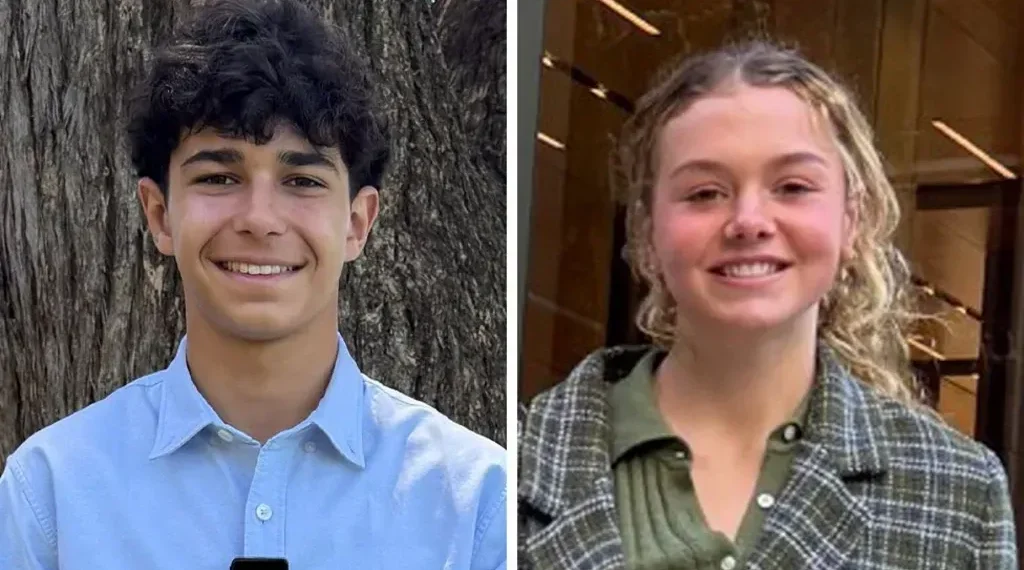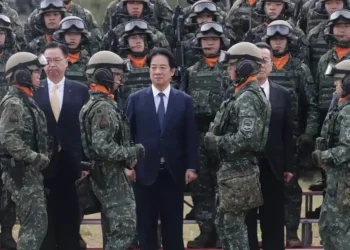Two Australian teenagers are challenging the government’s under-16 social media ban, arguing that the law misdirects resources and fails to address the real online threats facing young people. They say platforms and authorities should focus on removing harmful content, rather than blocking millions of users from mainstream digital spaces.
Teenagers Argue Ban Misplaces Focus
The new law, effective 10 December, will require major platforms including Meta, TikTok, and YouTube to prevent Australians under 16 from holding accounts. Officials say the measure aims to shield children from harmful content, manipulative algorithms, and online exploitation.
But 15-year-olds Noah Jones and Macy Newland, supported by the Digital Freedom Project, have filed a constitutional challenge. They argue the ban limits their freedom to communicate, access information, and participate in public life. Their case raises broader questions about child protection, digital rights, and the role of government in regulating online behavior.
Jones said in interviews that while social media carries risks, a blanket ban unfairly burdens young people. Speaking to BBC Radio 4’s Today programme, he emphasized that companies should focus resources on eliminating predators and harmful content, rather than avoiding fines.
“We shouldn’t be using the resources and money of these social media platforms to try to avoid fines from our government,” he said. “They should be using this money and resources to try to get rid of the predators and harmful content out there.”
Experts have long criticized major platforms for struggling to moderate large volumes of graphic or abusive content. Global reviews from regulators and child-protection organizations highlight inconsistent enforcement, weak age verification, and gaps in content screening.
Social Media: Risks and Rewards
Newland acknowledged the risks associated with screen time and online platforms but highlighted their importance for education, social connection, and community engagement. She described social media as central to how teenagers learn, share information, and participate in society.
She warned that the ban could disrupt friendships and limit access to political and civic knowledge. “Democracy doesn’t start at 16 as this law says it will,” she said. Many young people see platforms as informal public squares, where news, discussion, and civic engagement happen daily.
Instead of banning young users, Newland advocates for digital literacy programs, robust platform safeguards, and effective age verification. Global child-safety experts emphasize education, parental controls, and content filters as more effective approaches than blanket restrictions.
Potential Risks of Exclusion
The teenagers’ legal team also warns that banning mainstream platforms could push youth toward unregulated or encrypted spaces, where harmful content is harder to monitor. Mental health specialists echo this concern, noting that removing access could increase loneliness and weaken peer networks, particularly during critical periods of adolescent social development.
Government Stands Firm
The High Court challenge was filed on Wednesday by the Digital Freedom Project, led by New South Wales parliamentarian John Ruddick. Communications Minister Anika Wells told parliament the government would not back down.
“We will not be intimidated by threats. We will not be intimidated by legal challenges. We will not be intimidated by big tech. On behalf of Australian parents, we will stand firm,” she said.
Officials argue that reducing exposure to violent, sexual, or self-harm content is necessary to protect youth mental health. International organizations, including the OECD and WHO, have highlighted rising anxiety and depression among young people, with excessive screen use and algorithm-driven content cited as contributing factors.
Public Opinion Divided
Polls indicate that most Australian adults support the ban, viewing it as a protective measure for younger children. Parents, in particular, see it as a necessary guardrail.
However, some digital rights advocates warn that restricting access without improving moderation could leave harmful spaces intact. Others suggest the ban may push teens toward private messaging apps or niche forums that lack oversight, where age limits are rarely enforced.
A Test Case for Global Online Policy
The High Court’s decision will determine whether the ban can proceed without violating constitutional protections. Australia is among the first democracies to attempt such a sweeping age-based restriction on social media. Its outcome could influence global debates over online safety, digital rights, and the balance between protection and participation for young people.
This article was rewritten by JournosNews.com based on verified reporting from trusted sources. The content has been independently reviewed, fact-checked, and edited for accuracy, neutrality, tone, and global readability in accordance with Google News and AdSense standards.
All opinions, quotes, or statements from contributors, experts, or sourced organizations do not necessarily reflect the views of JournosNews.com. JournosNews.com maintains full editorial independence from any external funders, sponsors, or organizations.
Stay informed with JournosNews.com — your trusted source for verified global reporting and in-depth analysis. Follow us on Google News, BlueSky, and X for real-time updates.











